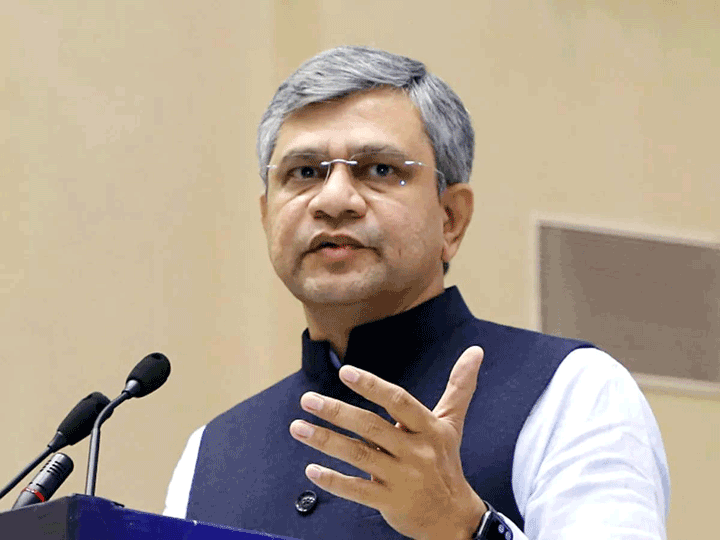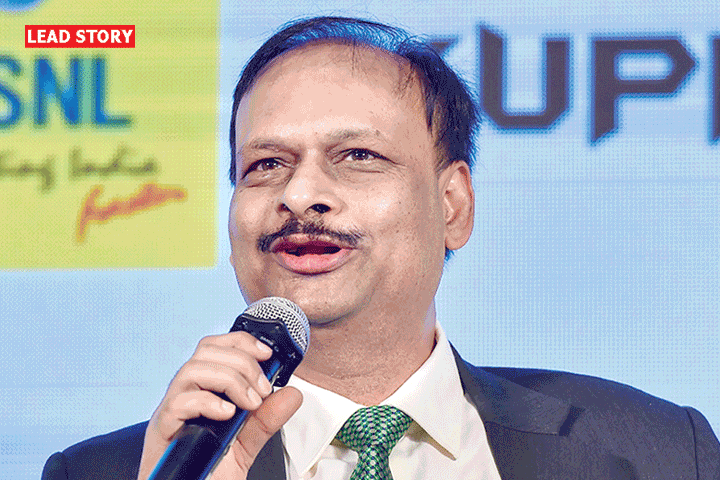Budget 2018: Apple’s India plans hit by hike of 20% customs duty on mobiles
The Union Budget for 2018-19 presented by the finance minister Arun Jaitley on Thursday may jeopardise Apple’s plans for India. While the global giant in consumer technology is getting aggressive about the prospects in the India market as its global sales begin to falter, the latest announcement by the government to raise customs duty on mobile handsets to 20 per cent will hit it hard.
In line with the government’s aim to boast local manufacturing, the FM announced that customs duty will be further increased to 20 per cent from 15 per cent. About a month and a half ago, it was raised to 15 per cent from 10 per cent. While, sources say, this is a part of government’s Phased Manufacturing Program (PMP) plan, the implications could be deadly for the US-headquartered firm.
According to Tarun Pathak, associate director, Counterpoint Research, while, other major brands from India and China are already manufacturing locally, Apple continues to heavily import the flagship iPhone devices. “Apple will be impacted the most. Other players, who are still importing a percentage of devices have the window to quickly shift to local assembly, unlike Apple”, he said.
But Apple continues to import over 90 per cent of its phones from China and elsewhere. The only model that it currently sources locally is iPhone SE, launched in early-2016. While, it began sourcing from Taiwanese equipment manufacturer Wistron in 2017, others like Samsung, Xiaomi, Vivo, Oppo and Lenovo (including Moto) are already manufacturing and/or sourcing locally.
Following the hike in customs duty in mid-December, Apple had to effect an average price rise of 3.5 per cent across its iPhone portfolio. Analysts say, further rise in import duty will hamper its already strained pricing strategy.
Despite heavy discounting on its newer devices like iPhone 7 series and newly launched iPhone 8 series, its smartphone market share remains at 2.2 per cent. During the second half of 2017, its share in the premium smartphone market (above Rs 30,000) fell to 35 per cent from over 50 per cent a year ago.











